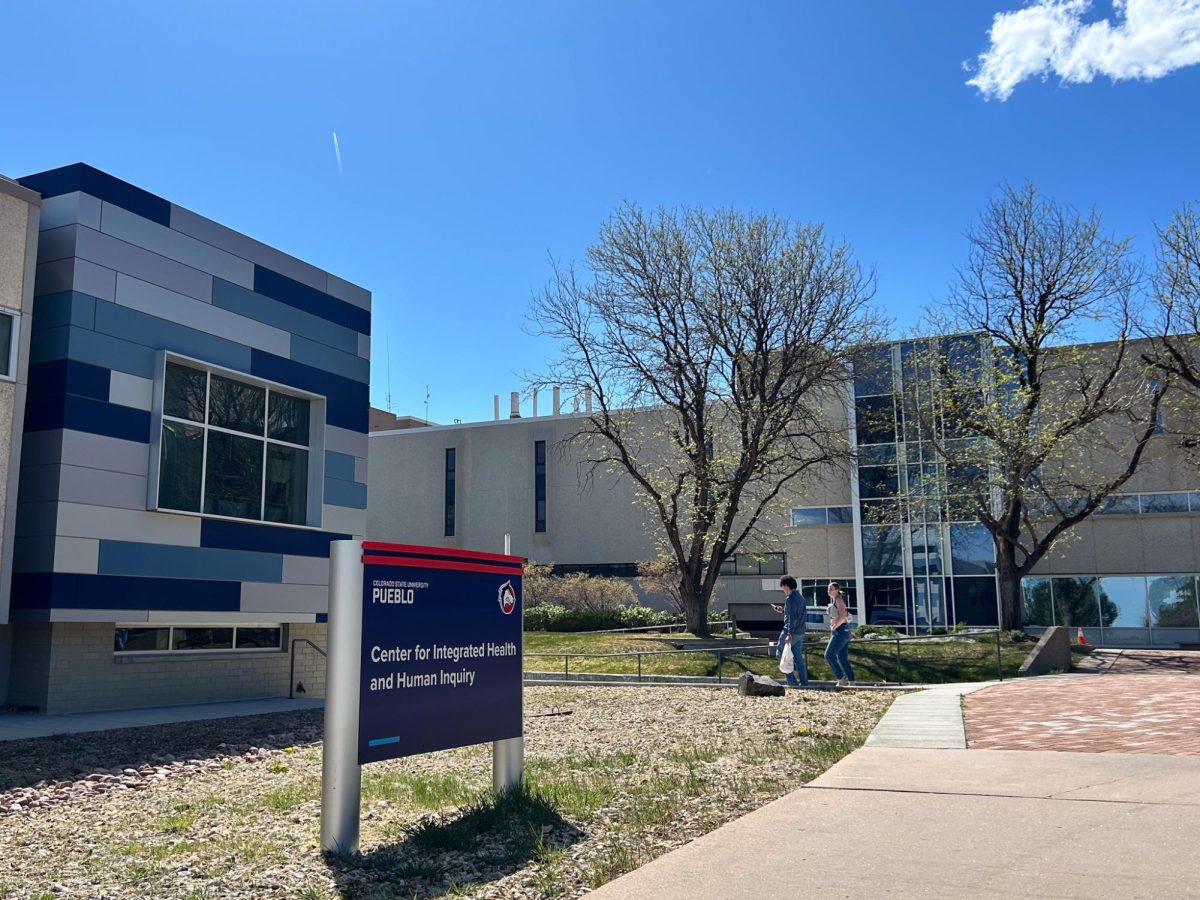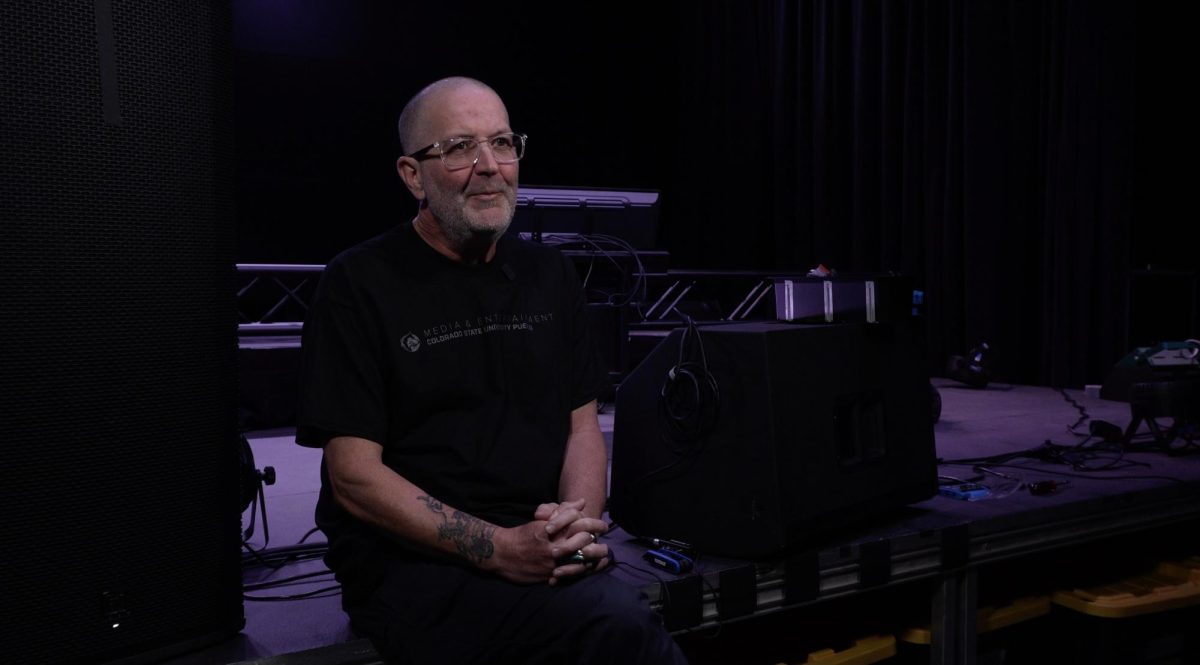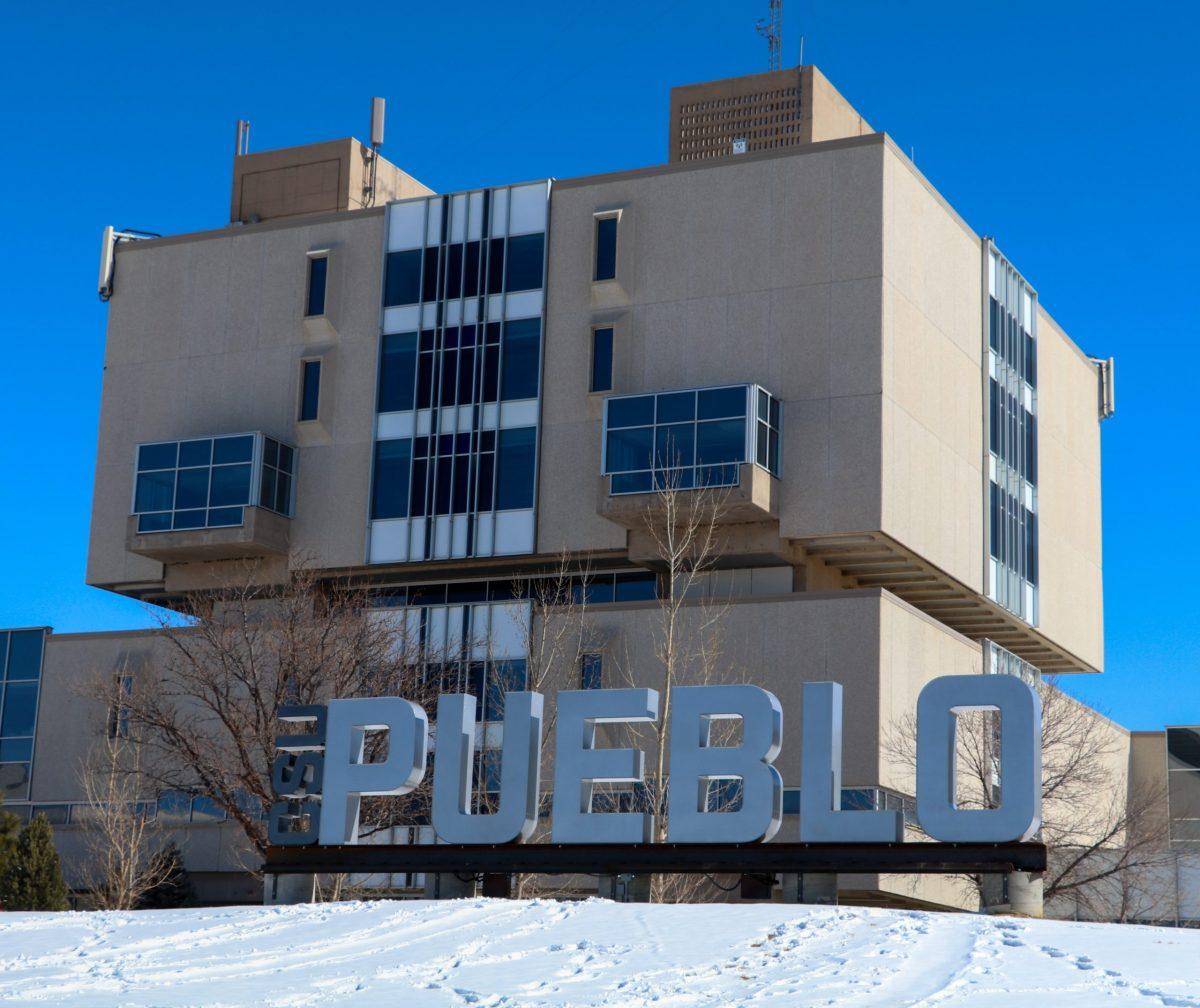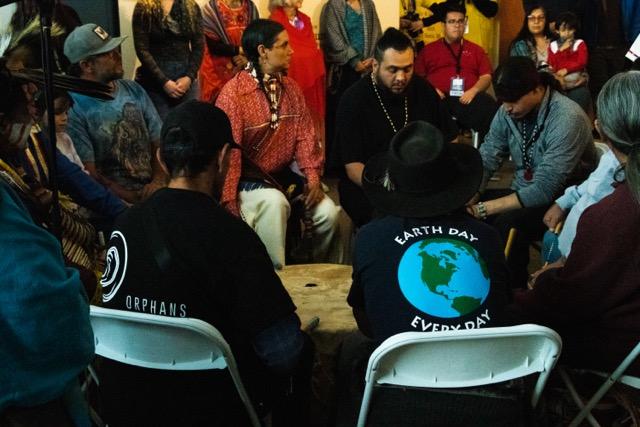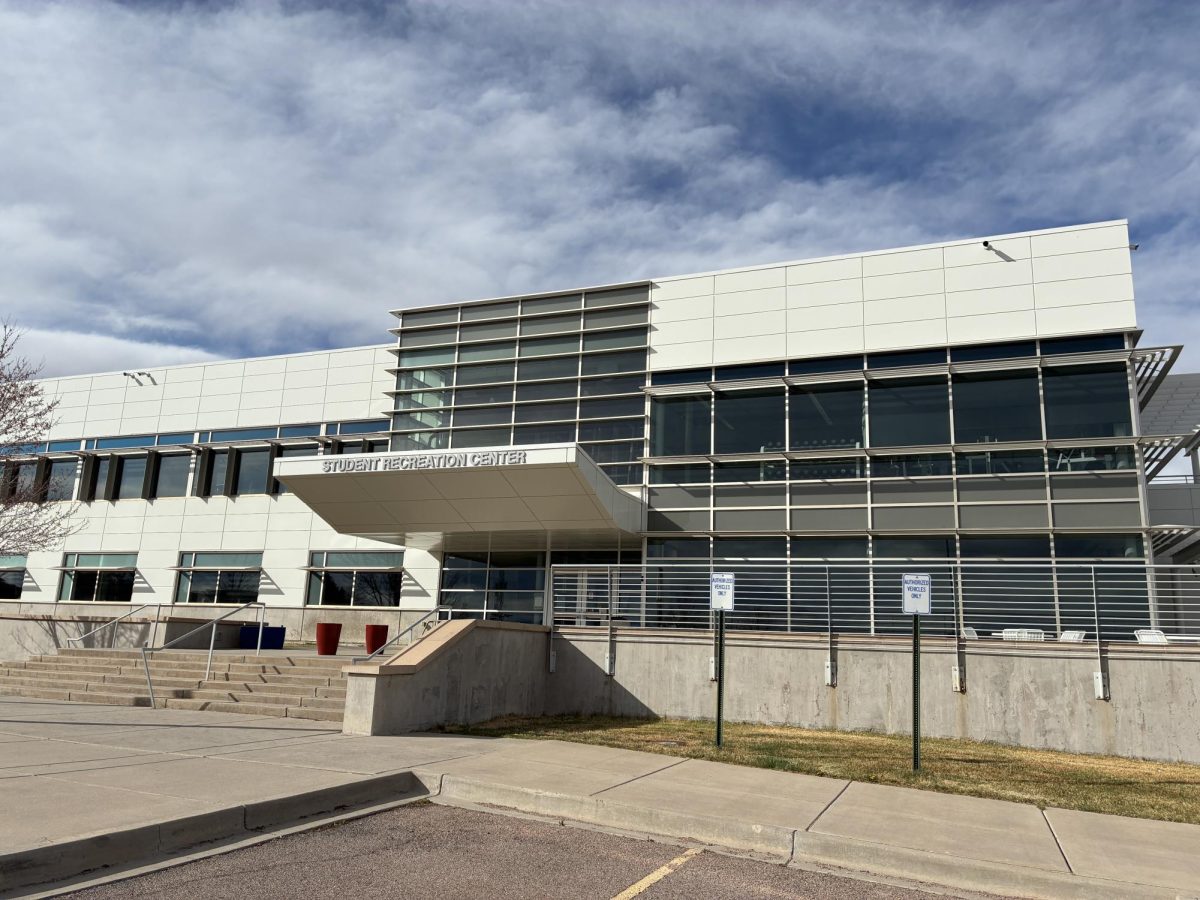Behind the scenes at Bechtel
By: Hailee Langowski
In an unassuming building east of town, near the Pueblo Municipal Airport, expansive equipment is helping in a mission to decontaminate and destroy World War II-era chemical weapons safely. Inside this training facility, would-be employees learn to work the hugely sensitive robots responsible for decommissioning mustard gas stored near town since the 1950s.
The US Army stockpiled chemical weapons at various locations during and after World War II, although they were never used. In 1985, the United States Congress chose to make outdated weapons a safe part of history.
Company Bechtel has a leading team now removing the chemicals from the weapons and fulfilling national obligations under the Chemical Weapons Convention (CWC), according to a contract with the Program Executive Office – Assembled Chemical Weapons Alternatives (ACWA).
The CWC is an international treaty outlawing chemical weapons production, storage and utilization. It is under the command of the Organization for the Prohibition of Chemical Weapons, which was established in the Netherlands. The United States was one of 192 countries that have signed the CWC. Participating countries must remove all chemical weapons.
As part of a global treaty, the United States destroyed its accumulated chemical weapons stockpile in Colorado and Kentucky. A recent Fox21 News article titled, “Final campaign to destroy ‘problematic munitions’ begins at Pueblo Chemical Depot” explained that the final 10% of around 30,000 tons of chemical weapons are held at these facilities nationwide.
The Pueblo Chemical Agent-Destruction Pilot Plant (PCAPP) is a government facility designed to safely and efficiently destroy the chemical weapons stockpile housed at the US Army Pueblo Chemical Depot near the Pueblo airport.
Chemical weapons stocks were destroyed in Colorado for the first time in March 2015 and then again in June 2019 in Kentucky. Both sites are on target to finish by the CWC treaty’s September 30, 2023 deadline.
According to the Program Executive Office’s ACWA website, the Pueblo Chemical Depot has more than 2,600 tons of mustard toxins stored in mortar shells, constituting 155mm, 105mm and 4.2-inch projectiles.
The Pueblo community worked with ACWA to select a safe technology for destroying the chemical weapons stored in the depot: neutralization followed by biotreatment. The PCAPP was created to eliminate the stockpile safely, and it became live on September 7, 2016.
Once the chemical weapons have been removed, the plant will be shut down in an environmentally responsible manner. Unlike previous demilitarization facilities, the Pueblo Depot deconstructs armament using a safe robotic technique.
Todd Ailes is the project manager for the Bechtel Pueblo Team, the systems contractor that built, systemized and now operates the PCAPP Main Plant and PCAPP Static Detonation Chamber. He mentioned that even after the work wraps, there will still be plenty of job opportunities for new employees across all disciplines, as the facility must be decommissioned. According to U.S. legislation, the stockpile destruction must be completed by 2023.
“We decided that we don’t want incinerators; instead, we want neutralization.”
— Walton Levi, government site project manager
An inside look
On March 11, PCAPP Training Facility staff offered a rare inside peek at the inner workings of this training center. The facility tour, led by Maintenance Training Leader Kent Ladd, explained the neutralization process of mustard gas agents in mortar rounds.
A defensive combat weapon, mustard gas was a blistering chemical that hampered the enemy’s capacity to respond and deterred further military action. The original goal of the chemical mustard gas, according to Ladd, was to keep the opponents as far away as possible.
According to “Germans Introduce Poison Gas” on History.com, Germany manufactured a massive quantity of chemical projectiles that contaminated WWI battlefields. The chemical weapons caused skin, eye and lung blisters, hindering hundreds of individuals in 1917. Treaties signed in the 1970s and 1980s abolished many nuclear, physical and chemical weapons.
Walton Levi, the government site project manager and Ailes spoke with me.
According to Levi, there were many depots across the United States shortly after Pearl Harbor in 1942, including rural regions like Pueblo. The Pueblo Chemical Depot began as a standard ammunition depot that maintained wheeled army vehicles and housed supplied ammunition used in World War II missiles from the 1950s through the 1960s. Many WWII-era depots closed in 1988, and the Pueblo chemical storage facility began phasing out mortar weapons around 2002.
The mustard agent was developed in the 1940s at the Rocky Mountain Arsenal near Denver. Mustard gas was weaponized in the 1950s. Levi explains that it was downloaded into projectiles and mortar rounds that might be used for hostile intent.
The destruction of chemical weapons began after several depots around the United States closed; initially, the mustard agents would be burnt, but Levi adds that the local community desired more environmentally friendly solutions.
“We decided that we don’t want incinerators; instead, we want neutralization,” Levi said, following the city and residents’ wishes.
To counteract the mustard agent, water was chosen as the soluble solution. It was critical to learn how water is used to neutralize mustard and how to recover and reuse it without causing substantial environmental damage to Pueblo. An industrial wastewater treatment facility retrieves most of the water consumed.
Levi outlined the neutralization procedure and technology, which postponed the removal of hazardous agents until 2000. Robots that complete the neutralizing process have made incredible progress.
Ailes mentioned that engineering and design are all about the environment.
“The ‘bugs,’ or bacteria, that facilitate the neutralization process are found in the environment,” he said.
The bacteria are wastewater treatment microbes from the Pueblo City facility. The waste in biomass is eaten by various strains of microorganisms in the treatment system. They’re self-replicating bacteria that can survive on their own.
Playing it safe
Chemical weapons had to be eliminated while safeguarding the environment and the neighborhood. Ailes highlighted how the Pueblo community viewed the chemical depot’s work.
“That is most likely how our workforce sees it: we are eliminating [chemical weapons] for a bigger purpose of keeping the community safe. We don’t need this [weapon system], so let’s safely destroy these ammunitions.”
There are pictures and information about chemical weaponry neutralization on the Pueblo Chemical Depot and Bechtel websites. On YouTube, there are multiple videos explaining the robotic process and the Pueblo Chemical Depot milestones throughout the years of chemical weapon destruction. Unfortunately, the PCAPP Training Facility is not available for public viewing.
The chemical weapons disarmament mission’s final phase began on February 19. Three army units will help destroy significant military equipment, such as mustard-agent-laced mortar rounds.
The Betchel website reports the Pueblo Chemical-Agent Disposal Pilot Plant has destroyed over 80% of the mustard agent stored by early 2022. Over 2,100 tons of agents have been eliminated and removed from the United States Army’s inventory.
Workers removed about 300,000 155mm projectiles on September 5, 2020, according to the Fox21 News article, bringing the first arsenal disposal operation to a close. Since the 105mm operation started on Dec. 11, 2020, about 275,000 projectiles have been neutralized.




![Workers at Bechtel safely decommission and destroy 1950s-era mustard glass weapons. [Courtesy photo/Bechtel Corp.]](https://socostudentmedia.com/wp-content/uploads/2022/03/image004.jpg)


